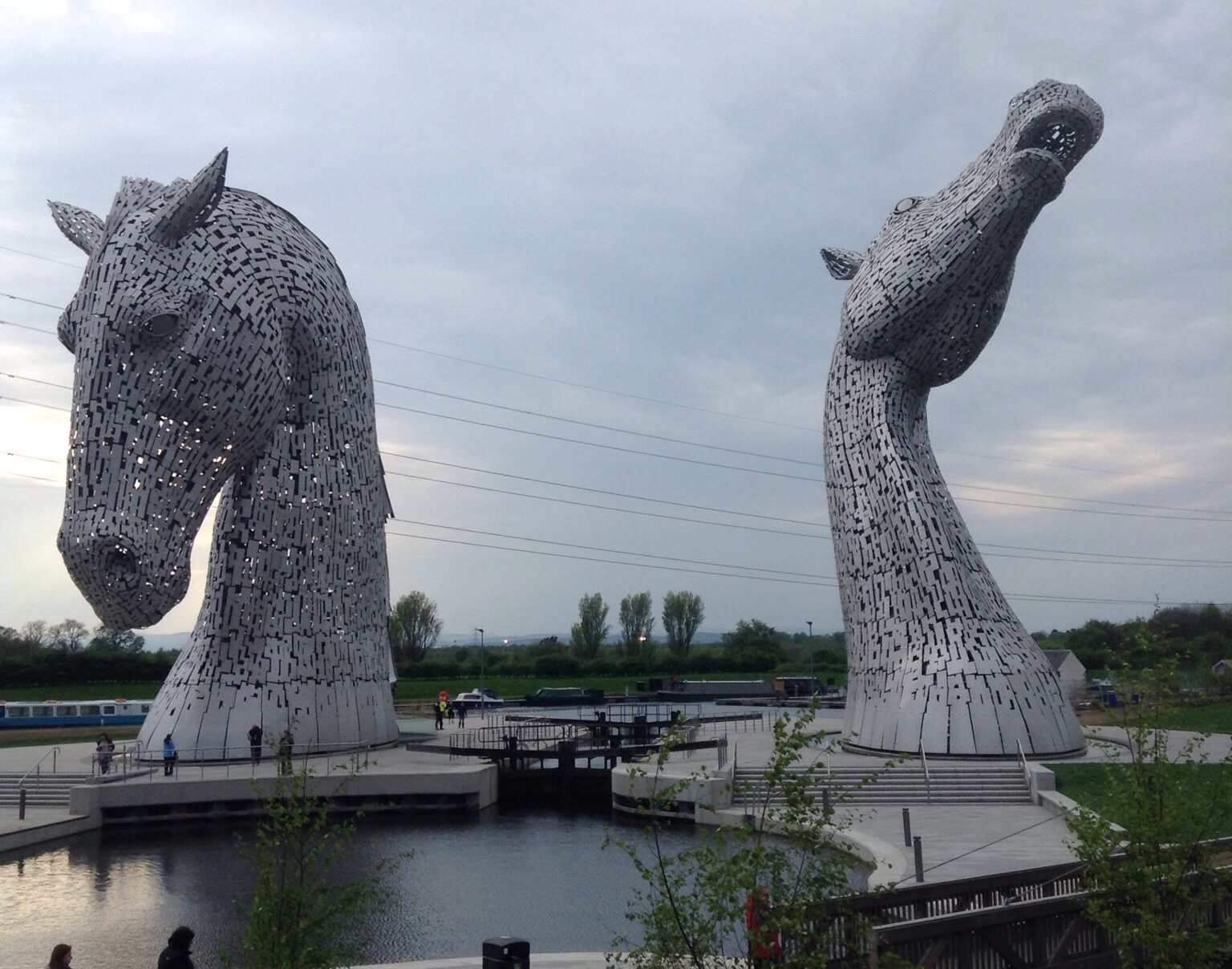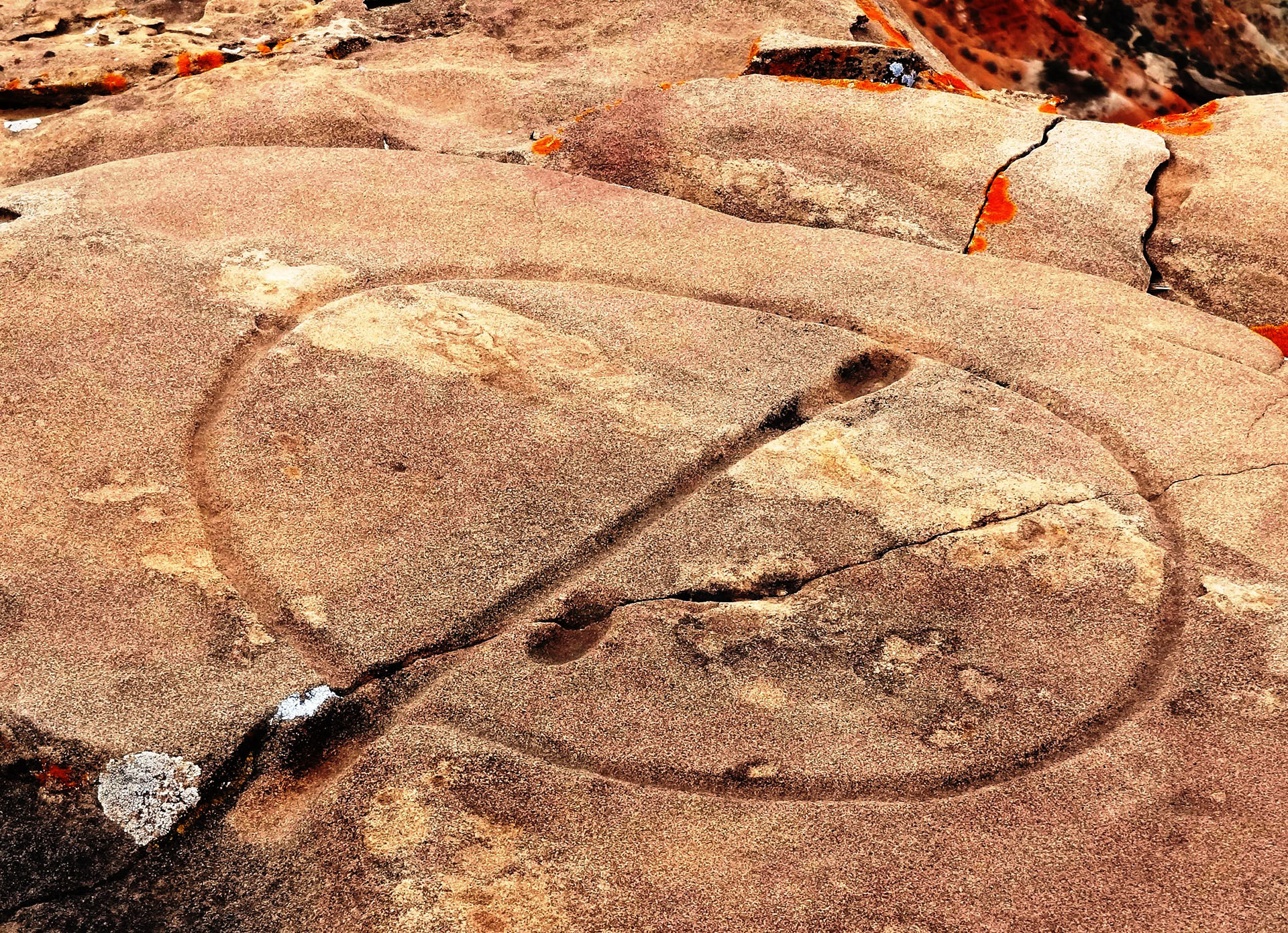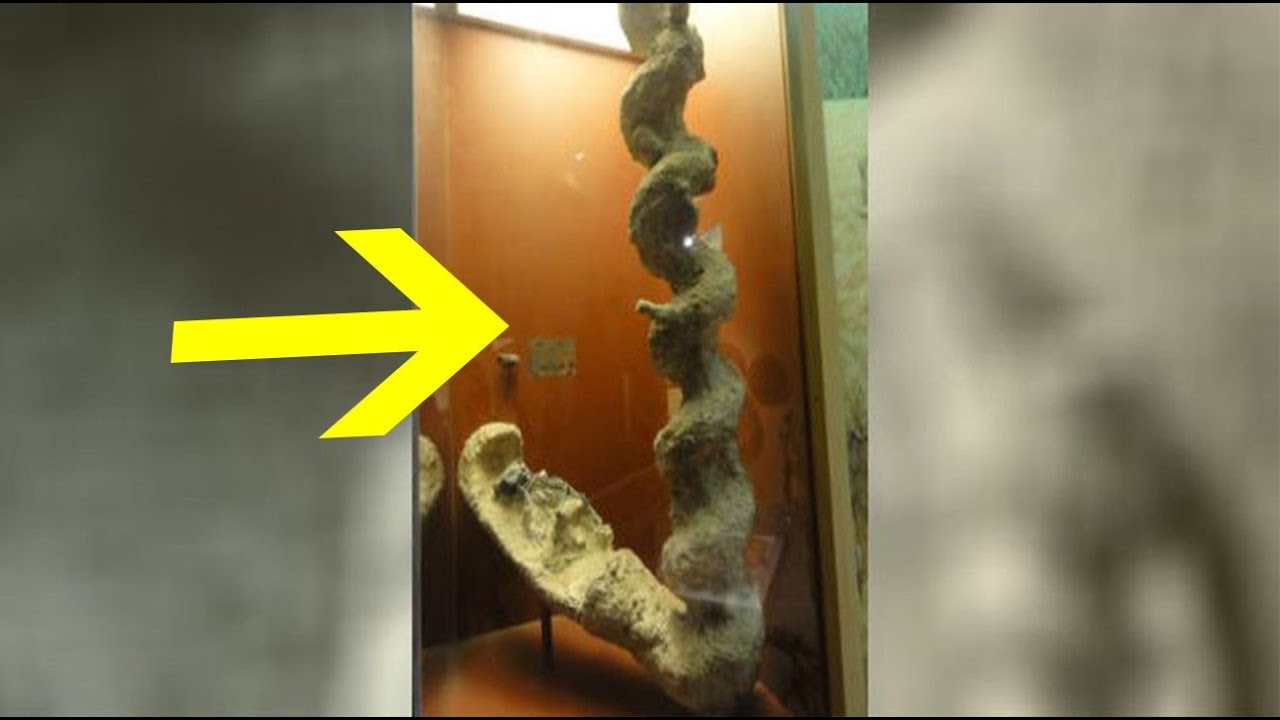Exploring the Allegorical Punishments and Sins in Dante Alighieri’s “The Divine Comedy”
Dive into the depths of Dante Alighieri’s “The Divine Comedy,” as we unveil the nine circles of hell and their allegorical significance. Discover the sins and their corresponding punishments in this classic literary masterpiece.
First Circle (Limbo): The Virtuous Unbaptized
Dante’s first circle of hell is home to virtuous and unbaptized pagans like Hippocrates, Aristotle, Socrates, Homer, and Julius Caesar. Though not a heavenly place, it is relatively mild in comparison to the other circles of the underworld.
Second Circle (Lust): The Restless Desire
The second circle represents lust, where figures such as Cleopatra, Tristan, and Helen of Troy are punished with violent winds, symbolizing their restlessness in the pursuit of carnal pleasures.
Third Circle (Gluttony): Endless Hail and Watchful Cerberus
In the third circle, gluttons endure an eternal hailstorm under the watchful eye of Cerberus. Among them is Ciacco, a character from Boccaccio’s “The Decameron.”
Fourth Circle (Greed): The Materialistic Struggle
Greed is the sin punished in the fourth circle, where souls push heavy objects and collide with one another, reflecting their materialistic pursuits in life.
Fifth Circle (Anger and Sloth): Battle on the River Styx
The fifth circle is reserved for the angry and slothful, who eternally fight on the River Styx, their punishment mirroring the sin committed during their lifetime.
Sixth Circle (Heresy): Rejecting Norms
In the sixth circle, Dante encounters heretics like Farinata degli Uberti, Epicurus, Pope Anastasius II, and Emperor Frederick II, all punished for defying religious or political norms.
Seventh Circle (Violence): The Three Rings of Malice
The seventh circle, guarded by the Minotaur, is divided into three rings for murderers, criminals, rapists, suicides, blasphemers, sodomites, and usurers, all punished for their violent and malicious acts.
Eighth Circle (Fraud): The Ten Trenches of Deception
The eighth circle consists of ten trenches, each filled with swindlers, including criminals, seducers, flatterers, simoniacs, sorcerers, false prophets, corrupt politicians, hypocrites, thieves, and evil advisers.
Ninth Circle (Betrayal): Satan’s Lair
The final circle is divided into four rounds based on the severity of betrayal, with Satan at the center. Each round is named after individuals who personify sin: Cain, Antenor, Ptolemy, and Judas Iscariot.
The Timeless Wisdom of Dante’s “The Divine Comedy”
Dante Alighieri’s “The Divine Comedy” continues to captivate readers with its vivid depiction of the underworld and allegorical exploration of sin and punishment. By journeying through the nine circles of hell, we gain a deeper understanding of the moral complexities and timeless wisdom embedded in this classic work of literature.
📚📖 Make sure to join Ancient Library on Telegram, and become part of a unique group 👉🏻 https://t.me/theancientlibrary
If you want to help us out and support the page, you can buy us a coffee ( we really appreciate it) 👉🏻 https://www.buymeacoffee.com/ancientlibrary
I am the Librarian, and I, together with the guardians of the Ancient Library, curate content for this site. Welcome, and enjoy your stay.
-
The Librarianhttps://ancient-library.com/author/ivan/
-
The Librarianhttps://ancient-library.com/author/ivan/
-
The Librarianhttps://ancient-library.com/author/ivan/
-
The Librarianhttps://ancient-library.com/author/ivan/





